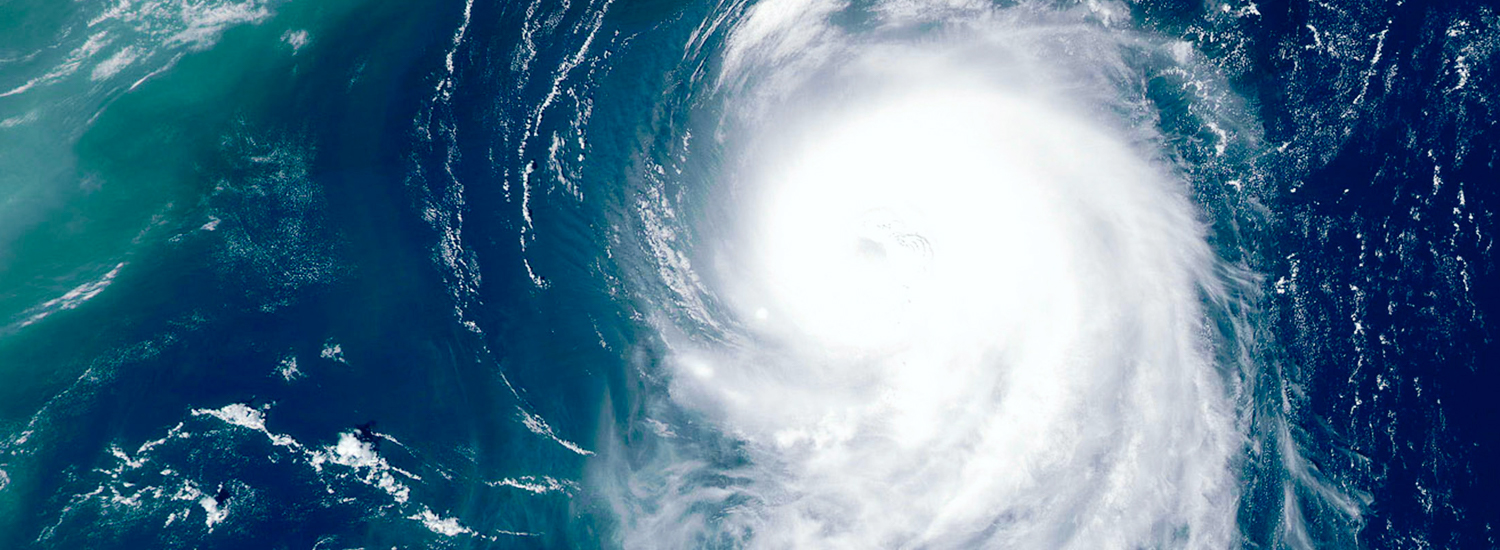Hurricane season in Hawaiʻi occurs roughly between June 1 and November 30. While hurricanes typically occur during this timeframe, and our islands usually have several days of advance warning, adverse weather conditions can occur suddenly and with relatively little notice.
When the threat of severe weather occurs, university and DPS officials will monitor the situation and provide guidance on safety measures, and if necessary, suspend University operations and limit travel in affected areas.
- Hurricane Warning:
- Issued 36 hours in advance of sustained winds of 74 mph or higher that are expected within the specified area.
- Hurricane Watch:
- Issued 48 hours in advance of sustained winds of 74 mph or higher are possible within the specified area.
- Tropical Storm Warning:
- Issued 36 hours in advance of sustained winds of 39-73 mph or higher that are expected within the specified area.
- Tropical Storm Watch:
- Issued 48 hours in advance of sustained winds of 39-73 mph or higher are possible within the specified area.
Preparing for a Hurricane
- Stay Informed: Keep updated on the latest weather news and info with the National Weather Service, local media, and the UH Mānoa Emergency page.
- Make plans with family for contacting them in the event of a widespread disaster, such as a hurricane or earthquake. If phone service is affected, services like the American Red Cross can contact your family. Choose a point of contact for other family and friends to connect with and inform them of your safety.
- Stash a bag with an extra blanket, a flashlight, batteries, a first aid kit, and a few days’ worth of nonperishable food and water in case of a power outage or weather-related emergency. Students in residence halls, please consult your resident advisor or resident director. Visit Ready.gov for a list of recommended disaster preparedness supplies.
- Consider taking a course in first aid or CPR. These courses are offered through DPS on a regular basis.
- Prepare your room or apartment by closing and locking windows, storing items, and unplugging electronic equipment.
- Back up any computer data and take a copy with you if you leave. Cover your computer and other equipment with plastic sheeting or large plastic garbage bags.
- Protect important documents. Place them in waterproof containers and take them with you.
- Fuel your vehicle and check all fluids and tire pressure (including the spare).
- Have cash on hand. ATMs may not operate should the area experience a power failure.
- Sign up for UH Alert to stay informed of campus closures and emergency information.
- Have a plan in place for evacuation and sheltering in place. Read more on the State of Hawaiʻi Emergency Management Agency website.
- If you have pets, ensure that you are familiar with local pet-friendly evacuation shelters. More information on pet emergency plans can be found on the American Red Cross website.
For more information on preparing for a hurricane, visit the National Weather Service website.
What to do in Case of…
Emergency Management State and Local Resources
For more information or inquiries, please contact Emergency Management Coordinator Jimmy Lagunero at lagunero@hawaii.edu or (808) 956-0773.

